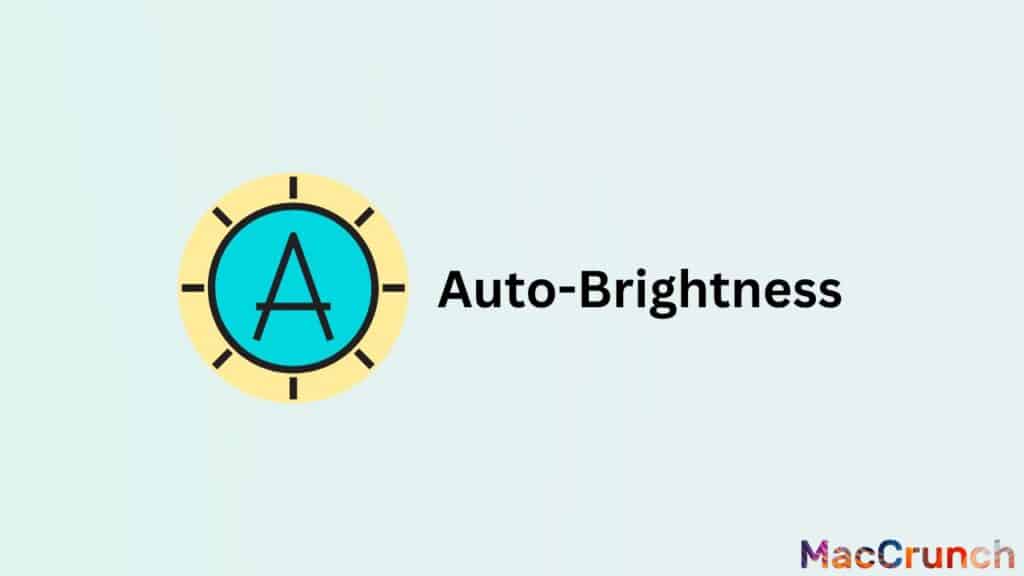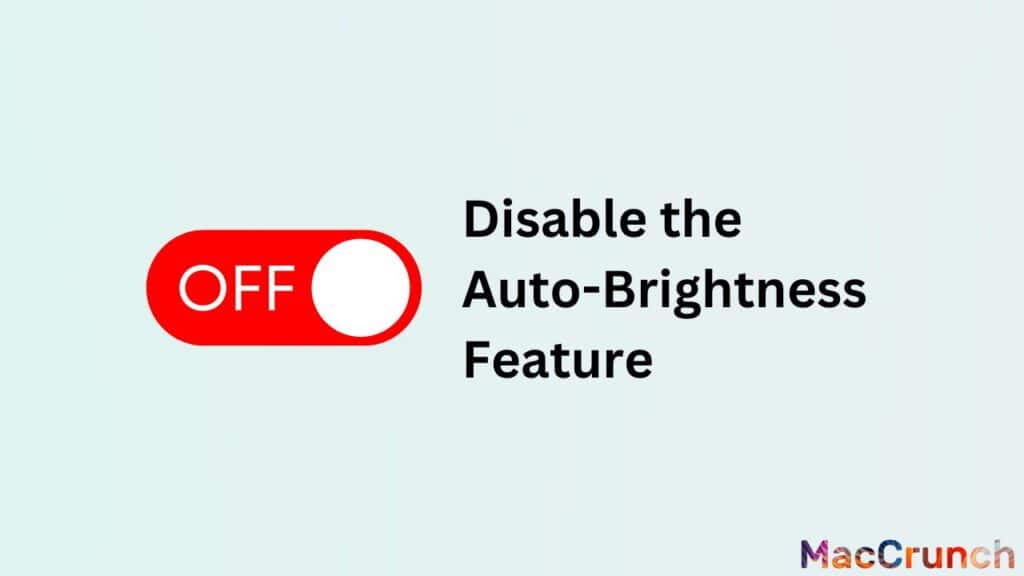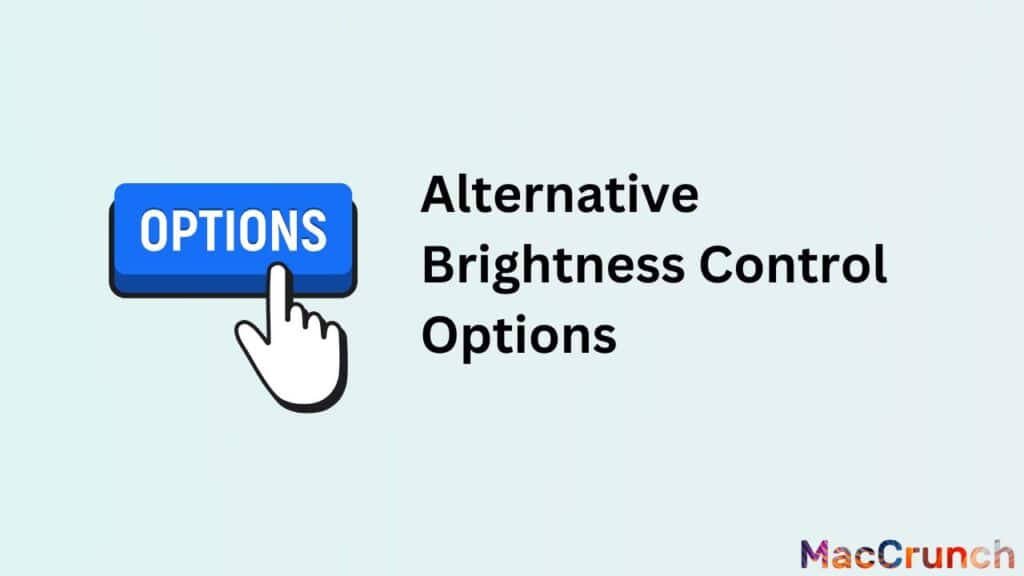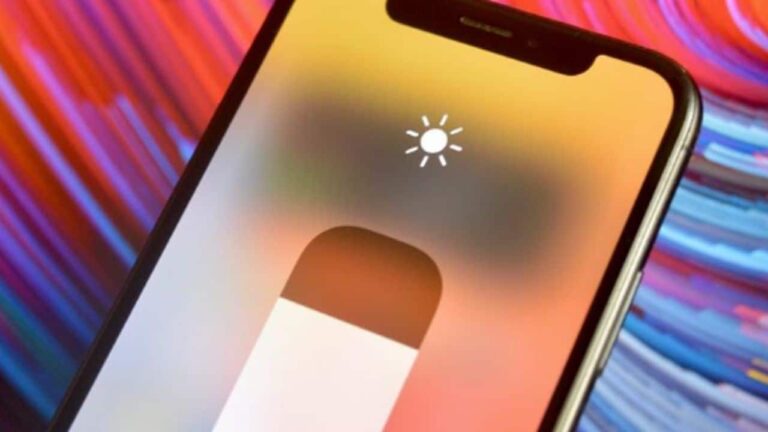We all have experienced the irritation of having our phone’s screen dim on its own as iPhone users, especially when we need to use it in low light. When the brightness level is set to our desire and then abruptly drops without our permission, this can be extremely annoying. This is caused by the iPhone’s built-in Auto-Brightness feature, which modifies the screen’s brightness in accordance with the ambient illumination. Although this feature is intended to save battery life and lessen eye strain, many users find it to be inconvenient.
Keeping the brightness level constant is essential for a seamless and satisfying user experience. While a bright screen in low light might result in eye strain and discomfort, a dark screen can make it difficult to read, type, or even take images. We can make sure that the brightness level on our phone’s display is always at the ideal level for our needs by knowing why iPhones frequently dim on their own and how to adjust it.
Table of Contents
What is the Auto-Brightness Feature
Modern smartphones, laptops, and other electronic devices have a feature called auto-brightness that automatically adjusts the display brightness based on the lighting environment. The purpose of this feature is to enhance user comfort and visual appeal by adjusting the display’s brightness in accordance with the ambient light.

The function measures the ambient light levels using a light sensor, which is often placed close to the front-facing camera. The software of the gadget receives the light data from this sensor and applies a predetermined algorithm to adjust the brightness as necessary. The optimal brightness for the current lighting circumstances is determined by the algorithm, which also considers the user’s prior preferences for brightness.
While auto-brightness has many advantages, it also has some disadvantages that are worth considering.
Advantages of Auto-Brightness:
- Comfortable Viewing: One of the key advantages of auto-brightness is that it makes viewing more enjoyable. It makes sure that the display is not excessively bright or too dim depending on the lighting conditions by automatically changing the screen brightness. This lessens eye fatigue and facilitates viewing the screen in various lighting conditions.
- Battery Preservation: Auto-brightness has the additional benefit of preserving battery life. The screen uses more energy when the brightness is increased. Auto-brightness assists in minimizing the device’s power consumption and hence its battery life by automatically lowering the brightness in low light circumstances.
- Convenience: Users do not need to manually change their devices’ brightness every time they switch from one lighting setting to another thanks to the auto-brightness feature. Users can more easily use their gadgets without worrying about adjusting the brightness because it handles this work automatically.
Disadvantages of Auto-Brightness:
- Brightness Level Inconsistency: One of the main drawbacks of auto-brightness is that it can occasionally lead to inconsistent brightness levels. Certain devices’ ambient light sensors might not measure light levels effectively, which could cause the screen to be either overly bright or too dark. This might be especially annoying when switching between different lighting environments because the screen might not respond to the new lighting circumstances quickly enough.
- Limited Control: Another drawback of auto-brightness is that it may limit the user’s ability to alter the screen’s brightness. Although this function is intended to make watching more comfortable, it might not always be the best choice for everyone. When auto-brightness is activated, some users may like to set their screen brightness to a specified setting, but they may not be able to do so.
- Conflict with Other Features: Auto-brightness can occasionally conflict with a device’s other features. For instance, it might not function well with specific color calibration settings, or it might interfere with night mode or reading mode.
Methods to Turn Off Auto-Brightness

Some users opt to disable the Auto-Brightness feature so that they may manually adjust the screen brightness on their device. In this tutorial, we will go over how to disable Auto-Brightness on various iOS versions.
On iOS 14 and Later
Turning off Auto-Brightness on an iOS device running iOS 14 or later is simple to do as follows:
- Go to Settings: On your home screen, click the “Settings” app to get started. The main settings menu will then be displayed.
- Display & Brightness: On the settings menu, select “Display & Brightness” by scrolling down and tapping it. This will take you to your device’s display and brightness settings.
- Turn Off the Switch for “Auto-Brightness”: The “Auto-Brightness” switch is located under the Display & Brightness section. Put this switch’s toggle in the off position. When Auto-Brightness is switched off, the switch should change from green to gray.
Your device’s screen brightness will not change on its own based on ambient light if Auto-Brightness is disabled. Instead, you can use the slider in the Display & Brightness section to manually change the brightness.
On iOS 13 and Earlier
To switch off Auto-Brightness on an older iOS device running iOS 13 or earlier, follow these steps instead:
- Go to Settings: To access the settings menu, follow the same procedure as before and touch the “Settings” app on your home screen.
- General: Locate “General” by swiping down. You will be directed to your device’s default settings by doing this.
- Accessibility: Choose “Accessibility” from the General section. This will take you to your device’s accessibility settings.
- Display Accommodations: Choose “Display Accommodations” from the Accessibility section. This will take you to your device’s display accommodations settings.
- Turn off the switch for “Auto-Brightness”: The “Auto-Brightness” switch is located in the Display Accommodations section. Put this switch’s toggle in the off position. When Auto-Brightness is switched off, the switch should change from green to gray.
Your device’s screen brightness will not change on its own based on ambient light if Auto-Brightness is disabled. Instead, you can use the slider in the Display & Brightness section to manually adjust the brightness (found in the main Settings menu).
Alternative Brightness Control Options

Alternate Brightness Control Options are different approaches to adjusting the screen brightness of a device besides the default brightness control option offered by the device’s operating system. A device’s brightness can be adjusted in a number of ways, including through Control Center, Siri Shortcuts, and third-party apps. Let us examine each of these choices in more detail.
Control Center
A feature on Apple devices running the iOS and iPadOS operating systems is called Control Center. Access to several system settings and shortcuts is made quick and easy. On an iPhone with Face ID, you must swipe down from the top-right corner of the screen to open the Control Center; on an iPhone with a Home button, you must swipe up from the bottom. The brightness control option is indicated by a sun icon in the Control Center. To easily activate or deactivate the Night Shift mode, swipe the sun icon instead of swiping the brightness control left or right.
Siri Shortcuts
A feature on Apple devices running the iOS and iPadOS operating systems is Siri Shortcuts. Users can develop unique voice commands to direct their device to take certain actions. By crafting a personalized voice command, you may utilize Siri Shortcuts to alter the brightness of your device. You could program a voice command to “brighten my screen,” for instance, to make your device’s screen brighter. The Shortcuts app, which can be downloaded for free from the App Store, is required in order to create a Siri Shortcut. You can create a new shortcut in the Shortcuts app, enter the voice command, and then choose the “Set Brightness” action from the list of offered options.
Third-Party Apps
Applications created by businesses other than the device’s maker are referred to as third-party apps. The App Store offers a number of third-party apps that let you regulate the brightness of your iPhone. Some of these apps offer further functionality and customizability choices that are not offered by the default brightness adjustment option. Some programs, for instance, let you plan automatic brightness adjustments or set brightness levels based on the time of day or your location. You must download and install the app from the App Store, then set it up according to the instructions provided by the app if you want to use a third-party app to regulate the brightness of your smartphone.
Final Notes
You can prevent your iPhone from automatically darkening in a number of ways. In the settings, you can change the auto-lock time, disable the auto-brightness feature, or restore the default settings for your device. If the problem continues, it might be a hardware issue, in which case you should contact Apple support. Maintaining the most recent software on your iPhone also aids in avoiding similar problems. You can make sure that your iPhone stays bright and useful for longer periods of time by carrying out these actions.
Frequently Asked Questions
If you have an iPhone, you may have seen that the screen of your device dims on its own. This may be very frustrating, especially if you are attempting to use your device in low light. Sometimes it can be too sensitive, dimming the screen unintentionally. Here are some typical queries our readers have regarding how to stop their iPhones from dimming on their own:
Why does my iPhone keep dimming?
Your iPhone may fade for a variety of reasons, including the following:
- Auto-Brightness Feature: The iPhone includes an auto-brightness feature that modifies the screen’s brightness in accordance with the ambient light in your environment. Because of this battery-saving feature, if your iPhone is in a dimly lit space, the screen will dim appropriately.
- Low Battery: Your iPhone’s screen may dim to save power if the battery is getting low.
- Display and Brightness Settings: Even in well-lit surroundings, your screen may appear dull if your Display and Brightness settings are too low. Go to “Settings” > “Display & Brightness” to make these changes.
Could the dimming be a result of a software issue?
Yes, it is possible for your iPhone to dull due to a software problem. The display could darken unexpectedly due to, say, a glitch in the iOS operating system or an issue with an app you have loaded.
Could a physical issue be causing my iPhone to dim?
It is also conceivable that your iPhone’s dimming is due to a physical problem. The display could dim as a result of, among other things, a broken display, a battery issue, or a hardware issue. If your iPhone is dimming, I suggest contacting Apple or a skilled repair professional so they can identify the problem and offer solutions.

